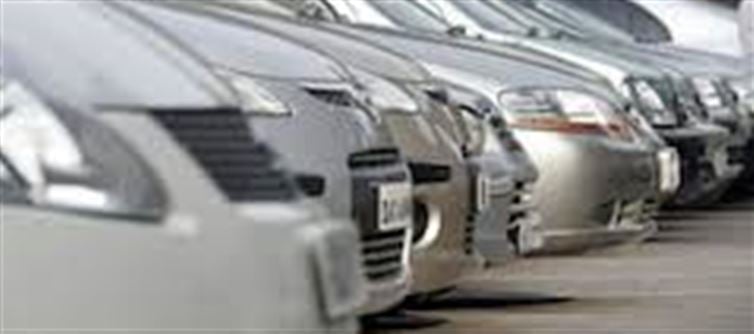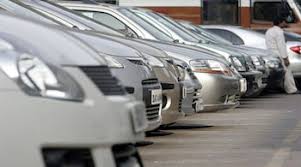
September 2025 marked a significant leap in passenger vehicle (PV) sales in India, driven by two major factors: the festive season and the introduction of GST 2.0. Together, these catalysts gave a remarkable boost to both wholesale and retail sales, making the month one of the best-performing periods in recent years.
Here’s a breakdown of how these elements combined to fuel the growth of India’s automotive sector:
1. The Impact of GST 2.0 on Passenger Vehicle Sales
GST 2.0, the latest revision of the Goods and services Tax regime, played a key role in boosting passenger vehicle sales. This reform was designed to simplify the tax structure and reduce the overall tax burden on automobiles.
· Lower Tax Rates: The introduction of lower GST rates on vehicles made them more affordable for consumers.
· Improved industry Sentiment: GST 2.0 also helped in streamlining the supply chain and reducing logistical bottlenecks, leading to better vehicle availability.
· Faster Implementation: With GST 2.0 implemented across the country, dealers experienced quicker turnaround times and better tax compliance, which translated into higher sales volumes.
2. The Festive Fervour: Driving Consumer Demand
The festive season is traditionally a peak period for vehicle sales in India. With festivals like Dussehra and Diwali around the corner, customers are eager to make big purchases during this time of prosperity.
· Consumer Confidence: Festive discounts, attractive financing schemes, and promotional offers lured customers to dealerships in droves.
· Symbolism of Prosperity: In indian culture, buying a new vehicle during the festive season is considered auspicious, further fueling sales.
· Increased Footfall in Showrooms: With more people visiting showrooms, both physical and online sales experienced a sharp uptick, adding to the growth figures.
3. Record-Breaking Wholesale and Retail Sales Numbers
September 2025 saw impressive sales figures in both wholesale and retail segments, reflecting the boost from GST 2.0 and the festive season.
· Wholesale Sales Surge: PV wholesale sales reached nearly 3.8 lakh units, marking a 5% year-on-year (YoY) increase compared to september 2024.
· Retail Sales Growth: Retail sales saw an even stronger performance, reaching around 4 lakh units, reflecting a 25% YoY growth. This surge is a clear indicator of the growing consumer demand and a recovering economy.
4. Factors Driving the Surge in Retail Sales
Several factors contributed to the sharp growth in retail sales:
· Shift Towards Personal Mobility: Post-pandemic, there has been a shift towards personal mobility options, and many customers prefer buying their own vehicles rather than relying on public transport.
· Enhanced Product Portfolio: Automakers introduced new models with better features, making them more attractive to customers, especially in the SUV and electric vehicle (EV) segments.
· Availability of Financing Options: Easier access to loans, lower interest rates, and flexible repayment options encouraged more people to buy vehicles.
5. The Role of Electric vehicles (EVs) in the Growth
Electric vehicles (EVs) are gaining significant traction in India, and their contribution to the surge in PV sales cannot be ignored.
· Government Incentives: Both state and central government incentives for EVs, such as subsidies, tax benefits, and reduced registration fees, played a crucial role in their rising demand.
· Increased Consumer Awareness: As customers become more environmentally conscious, the shift towards eco-friendly vehicles has gathered momentum, with many opting for EVs over traditional fuel-powered cars.
· Infrastructure Development: Expansion of EV charging stations across the country also contributed to the surge in demand for electric vehicles.
6. What Lies Ahead for the indian Automotive Market?
The outlook for the indian automotive sector remains positive, with several key factors expected to sustain growth:
· Continued Growth in Retail Sales: The combination of GST 2.0, festive demand, and consumer optimism is likely to keep retail sales high.
· Introduction of New Models: Automakers are expected to launch new models, including more affordable EVs, to meet the growing demand.
· Post-Pandemic Recovery: As the economy continues to recover, more people are expected to buy cars, further driving growth in the sector.
· Rising Interest in Green Mobility: With more focus on sustainability, the growth of EVs will be a key driver in the coming years.
Conclusion: A Strong Start to the Festive Season
September 2025 has been a record month for the indian automotive sector, with GST 2.0 and the festive season giving a much-needed push to both wholesale and retail vehicle sales. The figures reflect strong consumer demand, a growing preference for personal mobility, and the increasing adoption of electric vehicles. With continued momentum, the indian automotive market is poised for a bright future.
Disclaimer:
The views and opinions expressed in this article are those of the author and do not necessarily reflect the official policy or position of any agency, organization, employer, or company. All information provided is for general informational purposes only. While every effort has been made to ensure accuracy, we make no representations or warranties of any kind, express or implied, about the completeness, reliability, or suitability of the information contained herein. Readers are advised to verify facts and seek professional advice where necessary. Any reliance placed on such information is strictly at the reader’s own risk.




 click and follow Indiaherald WhatsApp channel
click and follow Indiaherald WhatsApp channel